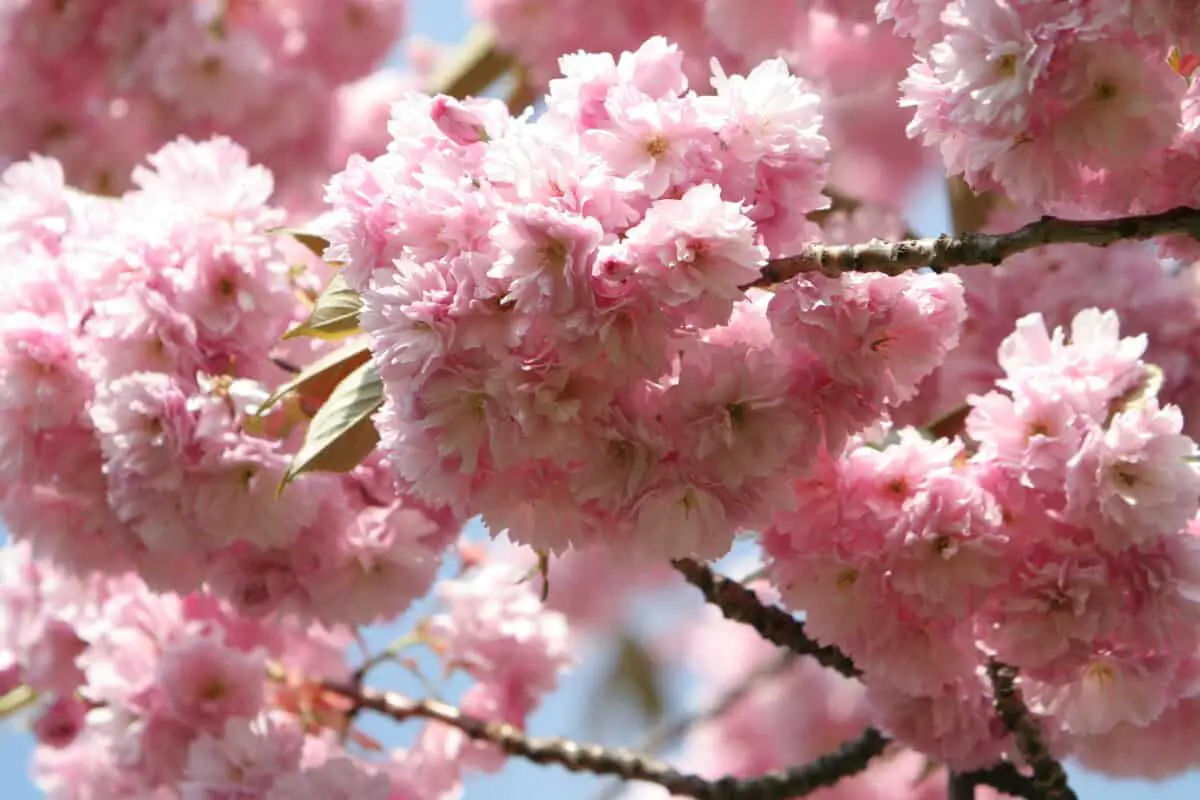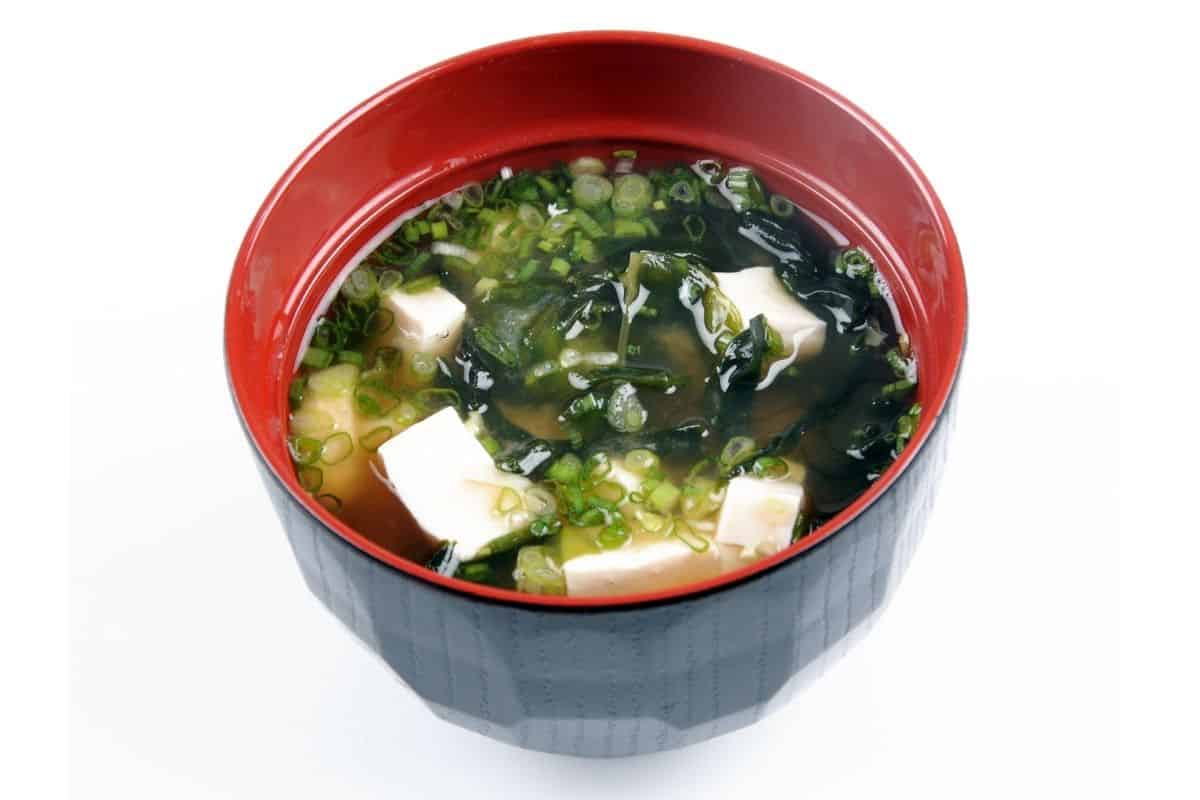Japan is known worldwide for having some of the tastiest cuisines, but Japan offers so much more than just prepared food. Food that grows in Japan, including the Aomori apple, is just as delicious.
Aomori apples have earned themselves the moniker of the “world’s best apples” and it’s easy to see why once you have an opportunity to taste one.
As always, produce is always the freshest when you can get it locally, so it’s worth searching for some Aomori apples when you explore throughout Japan.
Aomori And Their Apples
Aomori is a prefecture of Japan located on the Japanese island of Honshu. Aomori is responsible for a large portion of apples harvested in Japan; in fact, over half of apples grown in Japan come from Aomori.

The History Of Aomori’s Apples
Aomori has been growing their mouthwatering apples since 1875 when the Aomori Prefecture Office planted a few saplings gifted to them.
The prefecture has kept a close eye on their apple production ever since, and it has become quite a staple in their history.
In 1931, there was even a research institute – known as the Japanese Apple Research Institute – built in Aomori to continue learning about planting apple trees and harvesting their fruit.
Apples have become a major industry for Aomori, and bring tourists to the prefecture just to get a taste of apples directly from the source.
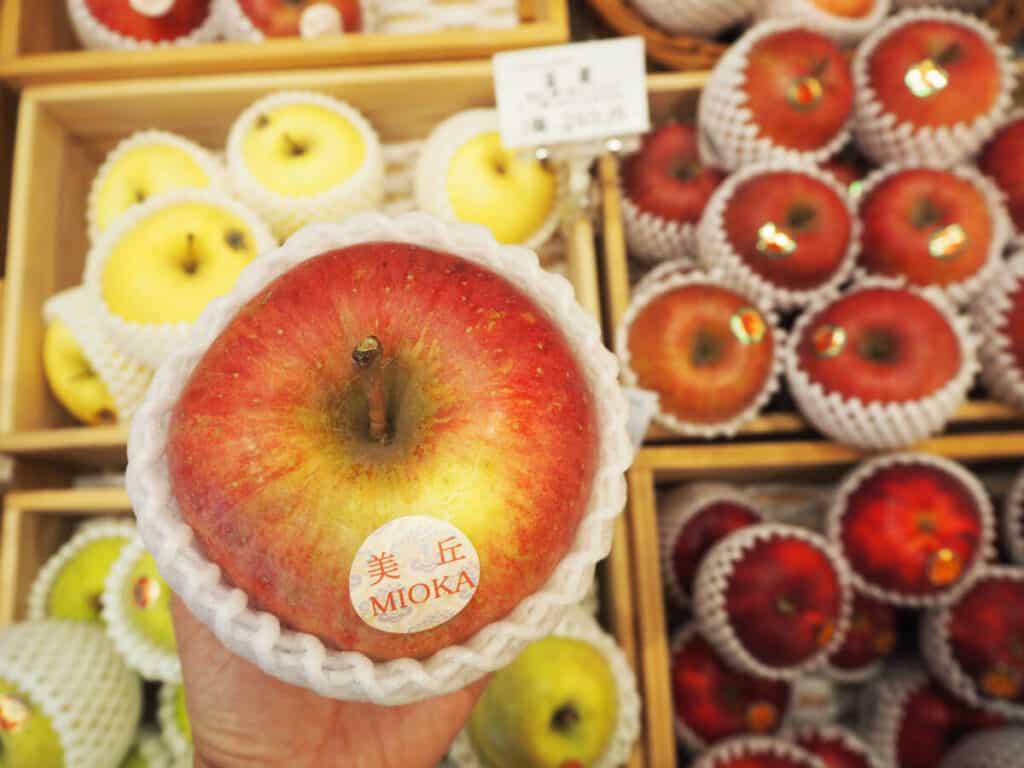
Where Aomori Apples Grow
One of the hubs of Aomori apple growth is Tsugaru, a region on the island of Honshu. While this is not the ideal area for a lot of produce to grow because of freezing winters, apples thrive here.
Not only is the climate perfect for apples, but the soil is rich and a ton of care is put into reserving the agronomy.
The Tsugaru people have perfected the art of growing these deliciously sweet and luscious apples. They attribute much of their success to their own spirituality and cultivating prowess.
The apples go through a very thorough cultivation process to make sure that each apple comes out perfect before harvest.
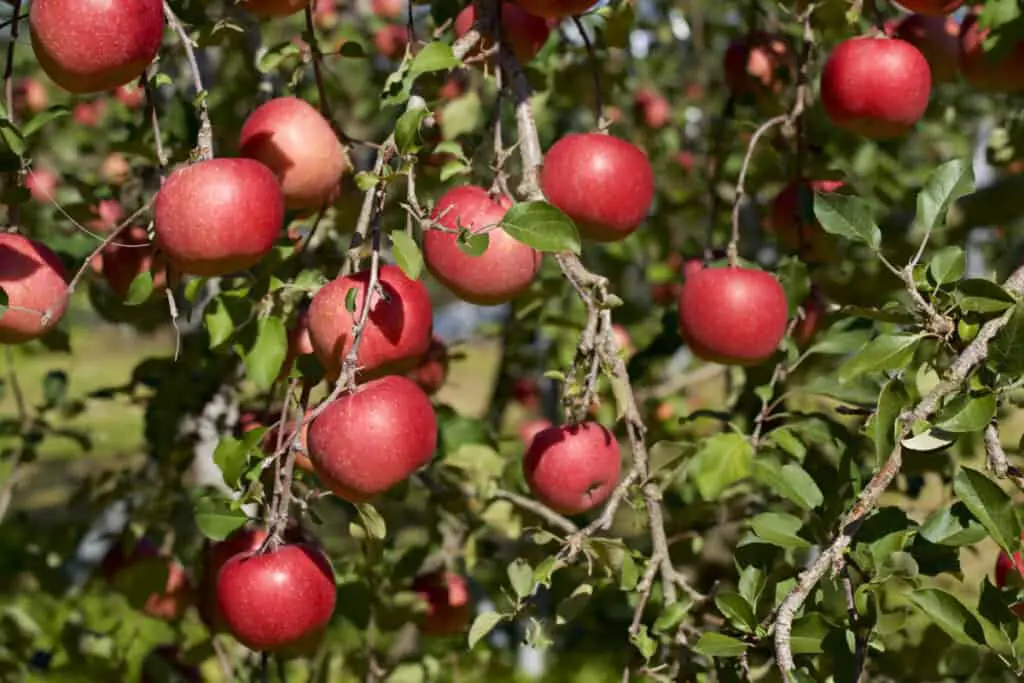
The Incredible Taste Of Aomori Apples
There’s much more to Aomori’s apples than their seemingly perfect and robust appearance. They have that satisfyingly crispy bite you want from an apple, and they taste very sweet and are full of juice.
The Varieties Of Aomori Apples
Aomori apples refer to the apples that grow within Aomori prefecture; it is not the official name of a specific type of apple. There are actually six different varieties of apples grown here, which are:
Fuji: The Fuji apple is well-known to those outside of Japan, and the delicious apple has some gorgeous striping that makes it stand out from the rest.
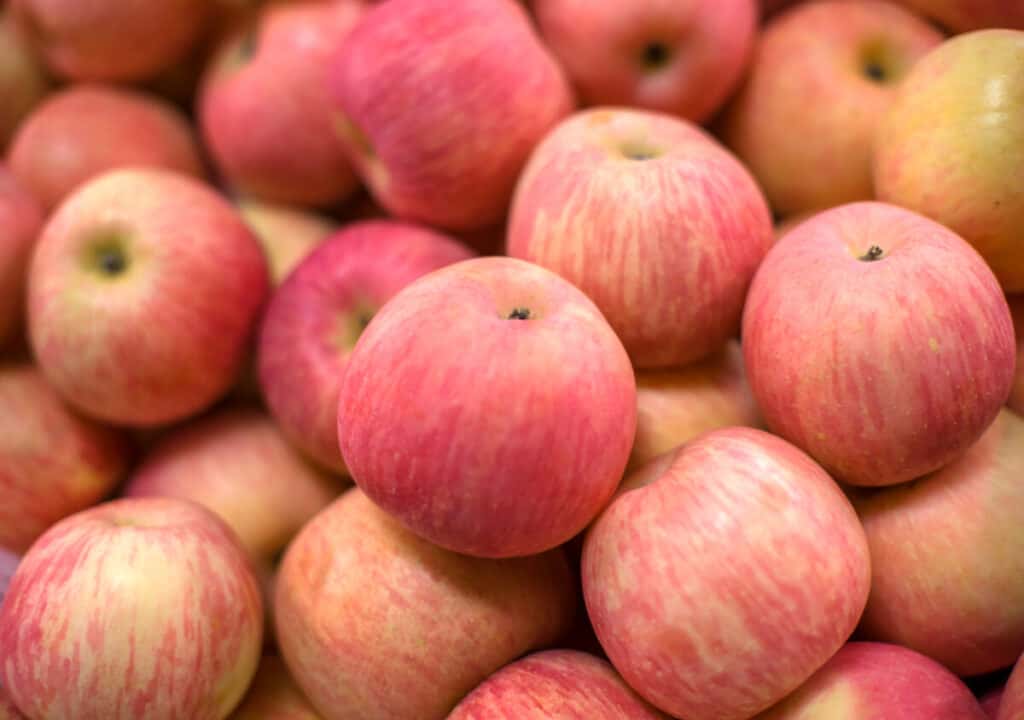
Jonagold: The Jonagold apple is a vibrant mix of yellow and red, and the sweet flavor is said to be excellent when used in desserts.
Sekai Ichi: This apple is known for being quite large, with dark red and yellow skin. The smell is just as invigorating as its flavor.
Ohrin: The Ohrin apple has quite a unique shape, as it’s not perfectly round like most other apples. However, this yellow apple is still quite delicious without a lot of bite but some really sweet juice.
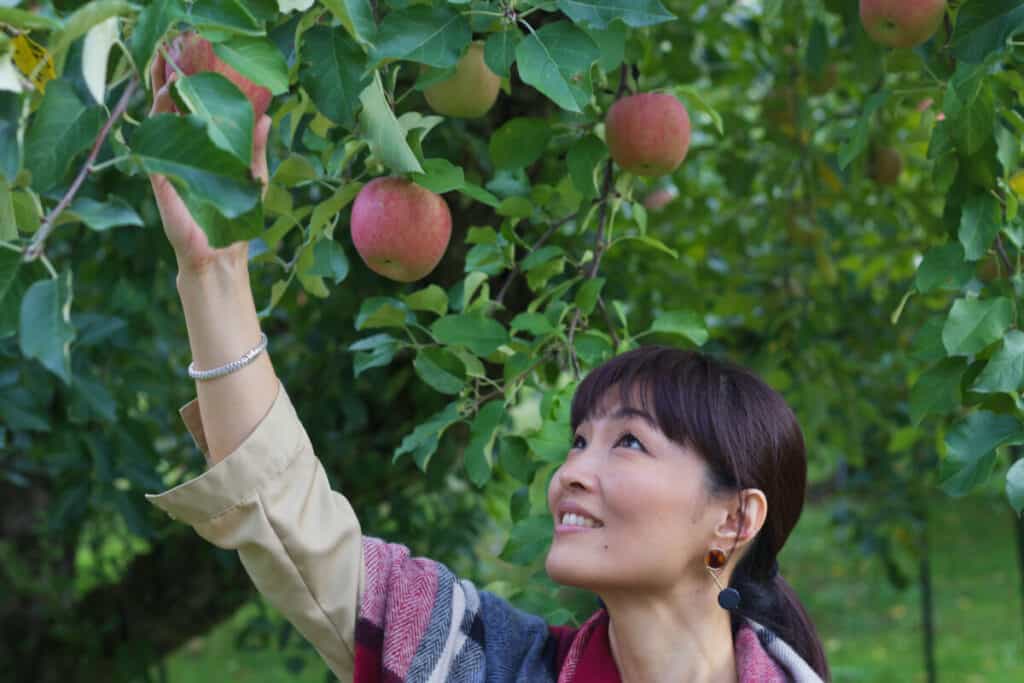
Kinsei: The Kinsei apple is a yellow apple that was first grown and cultivated in Aomori. It has a sweet, juicy flavor as well.
Mutsu: This pink apple has some of the sweetest flavors, with a refreshingly crisp bite. It is also vitamin-rich and excellent to eat fresh off the tree.
How Tsugaru Winters Help Aomori Apple Quality
The Tsugaru region sits in a very cold part of Japan that sees a lot of snow. Its location is also close to Mount Iwaki, and the landscape features volcanic ash soil which is filled with minerals.
These minerals, alongside heavy rainfall and Iwaki water all, contribute to the apples receiving adequate nutrition, which translates into their vibrant taste.
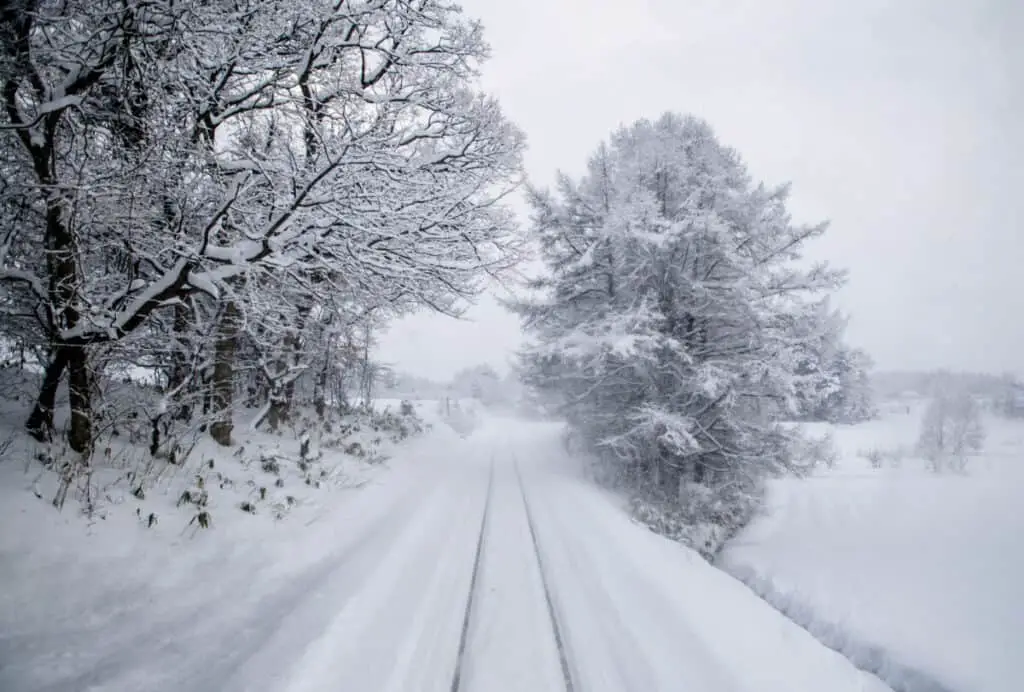
Controlled Atmosphere Storage
Aomori apples are able to stay fresh and well-maintained throughout many months due to controlled atmosphere storage, a technique that has been used since the 1960s.
With this technology, apples can be produced in large quantities without fear that they will go bad before they’re sold.
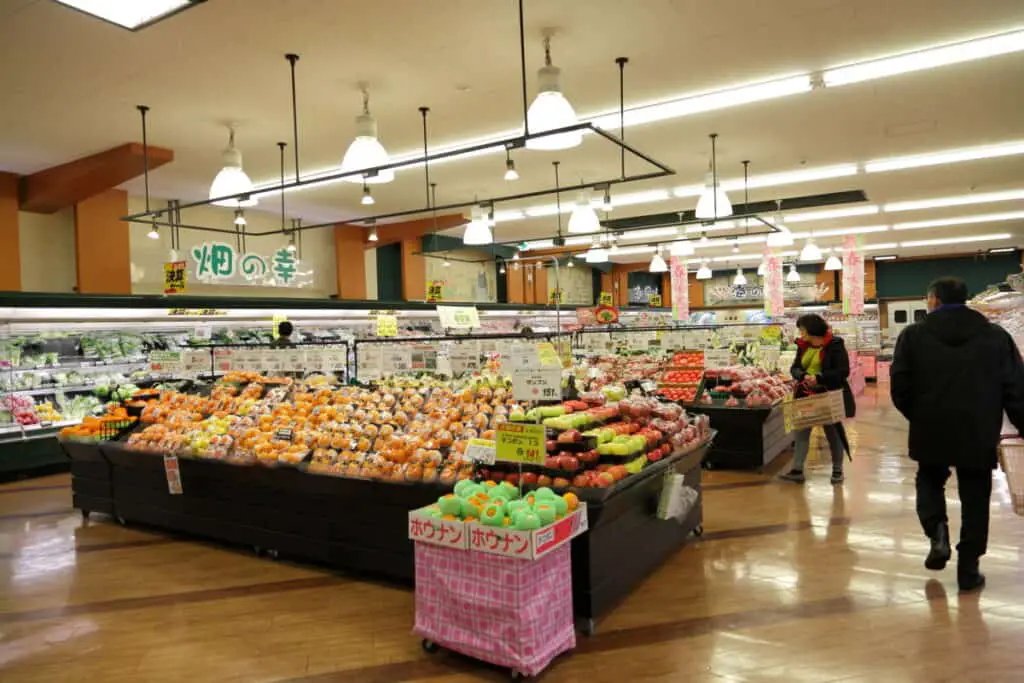
This also allows for these apples to be kept fresh before they are packaged up and shipped to other countries. Additionally, they can be sold at an affordable price point because they are so much easier to harvest and store.
Quality does not diminish through any part of this process because of this storage technology.
Harvest Season
Aomori apples are able to be harvested beginning in June, and harvest season can continue all the way into November.
From the research that’s been done on the apples that grow in Aomori, the peak season to get the absolute best apples is right towards the end of summer in August.

Apple Picking
If you’re in Aomori, it’s worth seeking out apple farms that will actually allow you to pluck an apple fresh from the tree and eat it. There’s no better way to enjoy an apple than when it comes right from its source.
Another benefit of seeking out these apples when in Aomori, or even anywhere else in Japan if you can’t get to Aomori, is that these apples are not shipped worldwide.
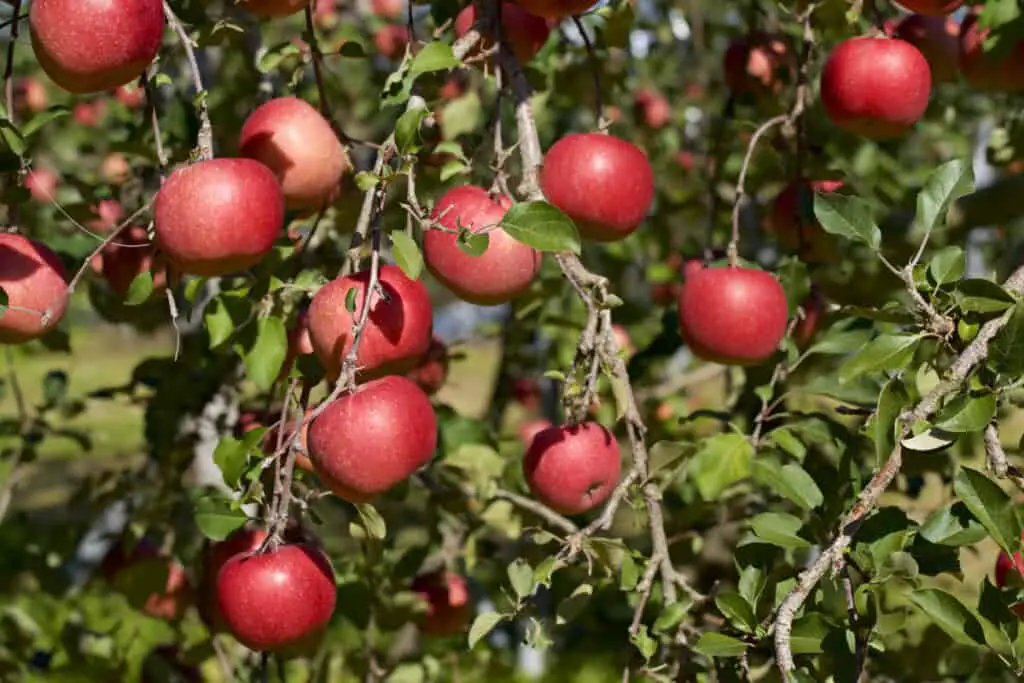
They typically stay within Japan until the country has its own supply, and anything left will be shipped only to other nearby countries.
Hirosaki Apple Park
Hirosaki Apple Park is just one spot that grows apples to check out, especially if you’re in Aomori in the latter half of the year.
This park picks their apples between August and November, so you can get the unique opportunity to pick fresh Aomori apples in their peak season.
Hirosaki Apple Park Official Website
The World Record-Breaking Apple
In 2005, there was an apple picked in Aomori that weighed just over four pounds, winning the Guinness World Record for the heaviest apple ever grown. The apple was picked in Hirosaki by apple farm owner Chisato Iwasaki.


